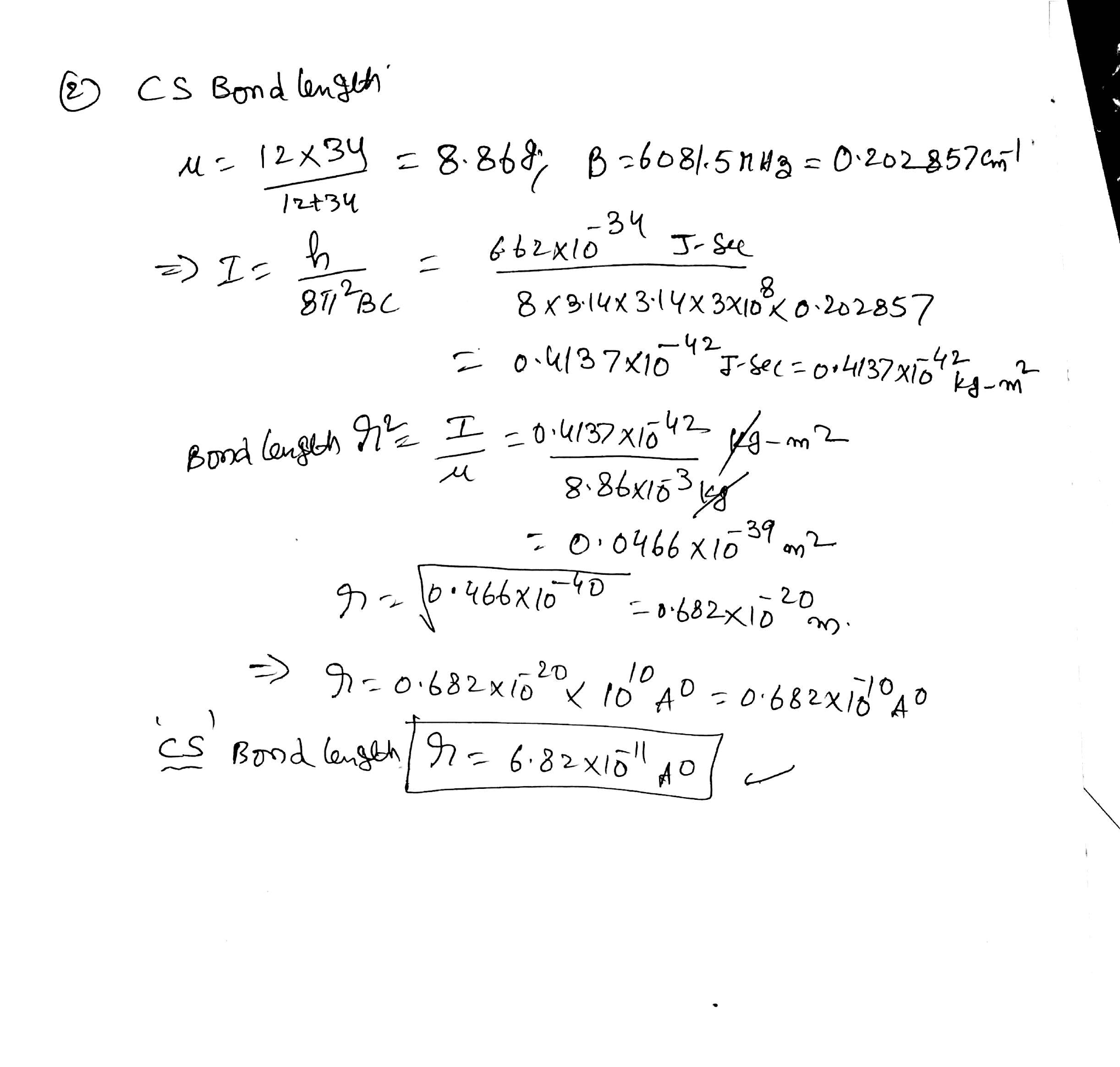

They have the smallest whole-number ratio between the compound elements. Q.4: Why do we use the empirical formula?Ī: Empirical formulas are the most basic notational form. Q.2: State the steps of finding the empirical formula.Ī: The steps for determining a compound’s empirical formula are mentioned in the above article.Ī: The empirical mass is the sum of atomic masses of all atoms present in the compound’s empirical formula. \) This means that one molecule of benzene is made up of six carbon atoms and six hydrogen atoms. The steps for determining a compound’s empirical formula are as follows:ġst Step: Calculate the mass of each element in grams.Įlement percentage \( = \) mass in grams \( =.

If a compound contains \(68\) percent carbon, \(9\) percent hydrogen, and \(23\) percent oxygen, we would assume \(68\) grams of carbon, \(9\) grams of hydrogen, and \(23\) grams of oxygen. The compound, for example, has a total mass of \(100\) grams.

You have the option of using mass data in grams or percent composition.įor percent composition, we assume that the total percentage of a compound is equal to \(100\) percent and that the percent composition is the same in grams. To calculate the empirical formula, first determine the relative masses of the elements present. The simplest formula of a compound is directly related to its per cent composition. It provides details about the atom ratio in the compound.It is the formula of a compound expressed with the smallest integer subscript.It is sometimes referred to as the simplest formula. The empirical formula is the simplest formula for a compound, defined as the ratio of subscripts of the formula’s smallest conceivable an entire number of parts.


 0 kommentar(er)
0 kommentar(er)
